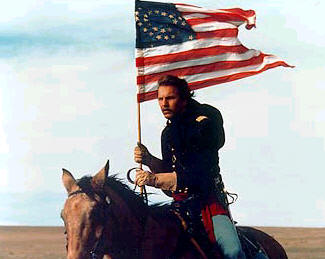Iroquois
The Iroquois tribe is made up of six nations: Mohawk, Oneida, Onondaga, Tuscarora, Cayuga, and Seneca. The Iroquois homeland is mainly located in New York State where they would traditionally live in longhouses. As for the clothing the Iroquois wore, traditionally men would wear long leggings and breechcloths, women wore shorter leggings in addition to there wraparound skirts and they would both wear moccasins. An old leader of the Mingo people was a man named Logan, who's family was part of the Iroquois tribe. He is famous for his hatred of the white man and seeking revenge on white settlements for killing his family. There were 50,000 people in the United States that were a part of the Iroquois tribe as of 1990, including a famous actress named Angelina Jolie.


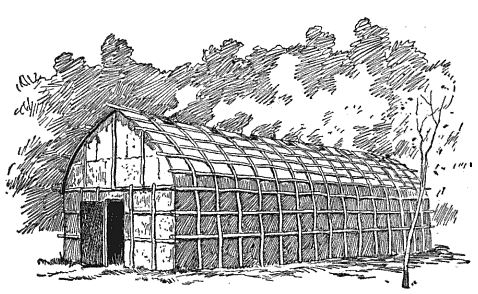


Cherokee
The Cherokee tribe is a distant relative to the Iroquois Confederacy and they speak a similar language so this tribe is sometimes referred to as "Iroquoian". An old famous chief of the Cherokee was a man by the name Kanagagota. A person today who is part of the Cherokee tribe is the famous director by the name of Quentin Tarantino. Tarantino is known for his movies
Pulp Fiction and
Kill Bill. An example of 19th century traditional clothing the Cherokee wore was manly long dresses for women and men mainly wore clothing made at of animal skin, such as leggings made of deer hide. The Cherokee lived in houses made of mud, river cane, and clay.

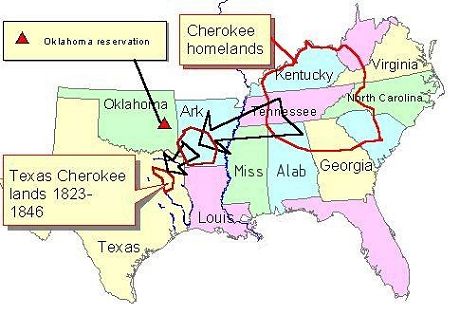


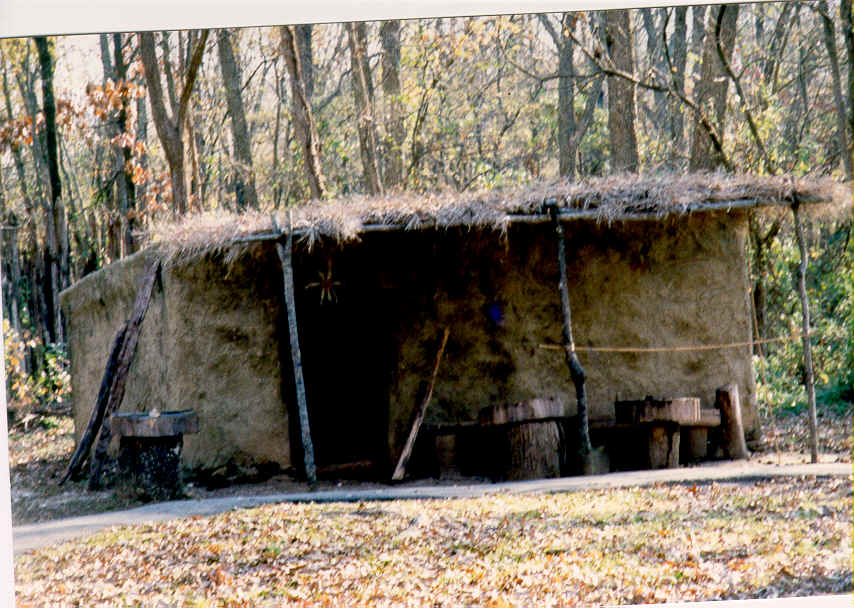
Sioux
The Sioux homeland was located in North Dakota, South Dakota, and Minnesota. A man by the title Chief Red Cloud was a famous leader of the Oglala Lakota, one of the three nations of the Sioux tribe. A recent member of the Sioux tribe is a famous actress, Amber Midthunder. The Sioux Tribe traditionally lived in teepees made of buffalo hide.





Algonquin
The Algonquin homeland is located in the far north east of the United States of America and Canada. The traditional houses the Algonquins lived in were called wigwams. The traditional clothing of the Algonquins was made of manly feathers and vibrant red. Traditional face painting of the Algonquins can be seen below as well. An old Chief that was part of the Algonquins of Pikwàkanagàn First Nation was William Commanda. A recent well known person who is part of the Algonquin Nation is an actress by the name of Annie Galipeau.





Arapaho
The Arapahoe Tribe is mainly located in the state of Wyoming. A recent member of the Cheyenne & Arapaho Nations is a famous director by the name of Chris Eyre. Mr. Eyre is known for the movies
Smoke Signals and
Skins. An old famous Arapaho chief is a man by the name of Little Raven. Little Raven was known for his oral speaking and appearance. The moccasins people in the Arapaho Tribe wore were made with rawhide soles and buckskin tops. Women wore skirts and buckskin dresses, men wore breechcloth and leggings, and Arapaho warriors would wear fringed shirts. The Arapahoe Tribe traditionally lived in teepees made of buffalo hide.




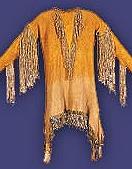
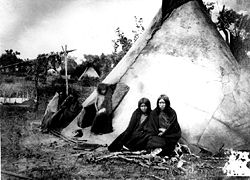
http://www.bigorrin.org/iroquois_kids.htm
http://www.infoplease.com/encyclopedia/society/iroquois-confederacy-the-iroquois-today.html
http://www.iroquoisdemocracy.pdx.edu/html/logan.htm
http://en.wikipedia.org/wiki/List_of_people_of_self-identified_Cherokee_ancestry
http://www.aaanativearts.com/cherokee/famous-cherokee.htm
http://visitcherokeenation.com/FAQ/Pages/16.aspx
http://www.indians.org/articles/sioux-indian-tribe.html
http://www.imdb.com/list/ls005301786/
http://en.wikipedia.org/wiki/List_of_Algonquin_Chiefs
http://www.colorado.edu/csilw/arapahoproject/traditional/clothes.html
http://en.wikipedia.org/wiki/Little_Raven_(Arapaho_leader)
http://www.bigorrin.org/arapaho_kids.htm
Unlisted. "Haudenosaunee (Iroquois) Indian Fact Sheet." Facts for Kids: Haudenosaunee (Iroquois) Indians. N.p., n.d. Web. 12 Jan. 2015.
Unlisted. "Iroquois Confederacy." Infoplease. Infoplease, n.d. Web. 13 Jan. 2015.
Ohio Historical Society. "Logan." Logan. N.p., n.d. Web. 13 Jan. 2015.
Unlisted. "List of People of Self-identified Cherokee Ancestry." Wikipedia. Wikimedia Foundation, 22 Dec. 2014. Web. 13 Jan. 2015.
Unlisted. " Famous Cherokee Chiefs, entertainers, Artists, athletes, and Leaders."Famous Cherokee. N.p., n.d. Web. 13 Jan. 2015.
Unlisted. "What Type of Houses Did Cherokee People Live in a Long Time Ago?" What Type of Houses Did Cherokee People Live in a Long Time Ago? N.p., n.d. Web. 13 Jan. 2015.
Unlisted. "Sioux Indian Tribe." Famous Chiefs and Leaders of the. N.p., n.d. Web. 11 Jan. 2015.
NativeFilmEnthusiast. "First Nations & Native American Celebs." IMDb. IMDb.com, 06 Aug. 2011. Web. 13 Jan. 2015.
Unlisted. "List of Algonquin Chiefs." Wikipedia. Wikimedia Foundation, 2 Nov. 2014. Web. 13 Jan. 2015.
Unlisted. "Clothing." Dance & Music. N.p., n.d. Web. 13 Jan. 2015.
Unlisted. "Little Raven (Arapaho Leader)." Wikipedia. Wikimedia Foundation, 18 Nov. 2014. Web. 13 Jan. 2015.
Unlisted. "Arapaho Indian Fact Sheet." Facts for Kids: Arapaho Indians (Arapahos). N.p., n.d. Web. 13 Jan. 2015.


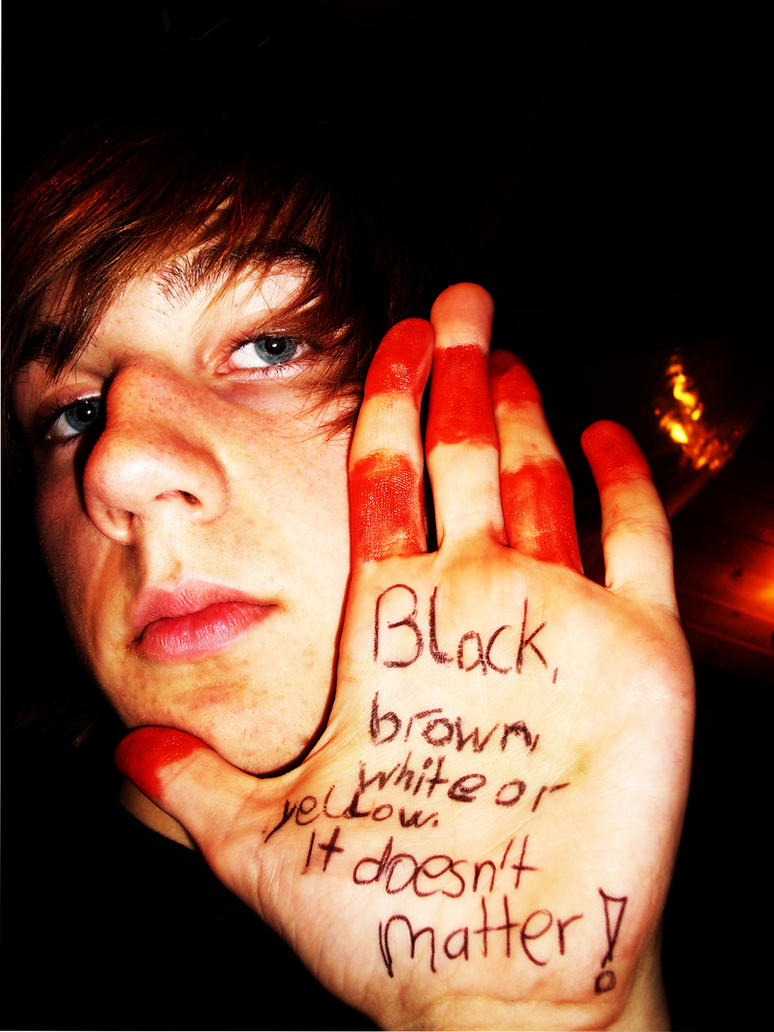







%20of%20Dances4.jpg)
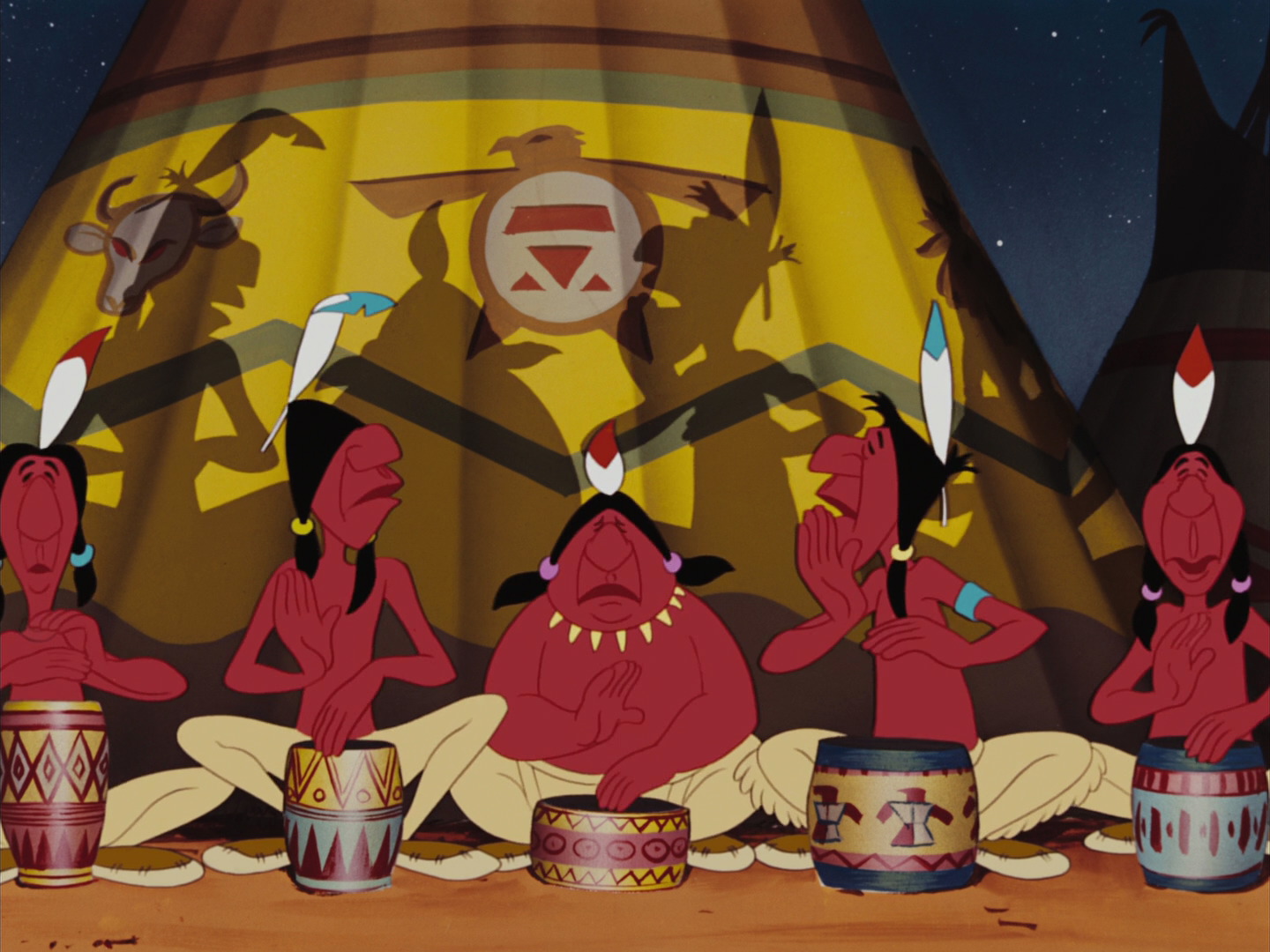


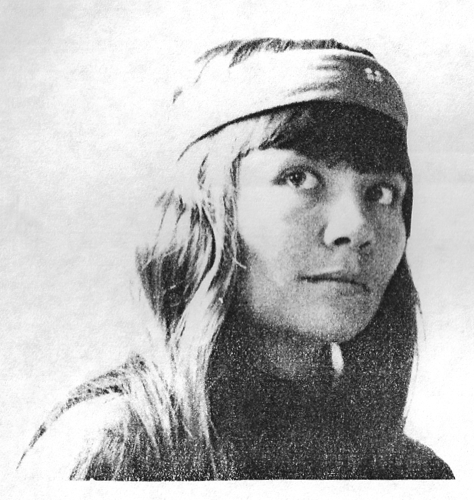




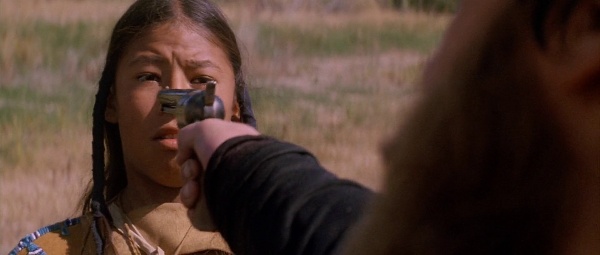


 In the beginning of the movie Dances With Wolves, the director, Kevin Costner, utilizes the emotion of the audience. Costner does this through the use of pathos: music, sight, sound, and/or sensory images that appeal to emotion. For example, Lieutenant Dunbar rides through the desert as heroic music plays after saving Stands With A Fist from bleeding to death. This scene makes the audience view Lieutenant Dunbar as a hero. Costner also uses symbolism to foreshadow upcoming events. For example, Lieutenant Dunbar raises his arms out as if to say "shoot me now", in a cross formation. In film when a character performs this action, it usually foreshadows that the character will die in the near future. Costner also depicts both sides of the war between the Sioux Nation and the White man, instead of only showing the Native Americans as evil; like many American movies depicting Native Americans do. For example, Major Fambrough is an American Major depicted as a drunk that pees his pants; this is the first time in American film where a high ranking officer is displayed in a shameful manner. Costner also shows us how both the Sioux Nation and the Americans see each other as savages by the way each dresses. This movie thus far has shown a breakthrough for Native American film in the American film industry.
In the beginning of the movie Dances With Wolves, the director, Kevin Costner, utilizes the emotion of the audience. Costner does this through the use of pathos: music, sight, sound, and/or sensory images that appeal to emotion. For example, Lieutenant Dunbar rides through the desert as heroic music plays after saving Stands With A Fist from bleeding to death. This scene makes the audience view Lieutenant Dunbar as a hero. Costner also uses symbolism to foreshadow upcoming events. For example, Lieutenant Dunbar raises his arms out as if to say "shoot me now", in a cross formation. In film when a character performs this action, it usually foreshadows that the character will die in the near future. Costner also depicts both sides of the war between the Sioux Nation and the White man, instead of only showing the Native Americans as evil; like many American movies depicting Native Americans do. For example, Major Fambrough is an American Major depicted as a drunk that pees his pants; this is the first time in American film where a high ranking officer is displayed in a shameful manner. Costner also shows us how both the Sioux Nation and the Americans see each other as savages by the way each dresses. This movie thus far has shown a breakthrough for Native American film in the American film industry. 
